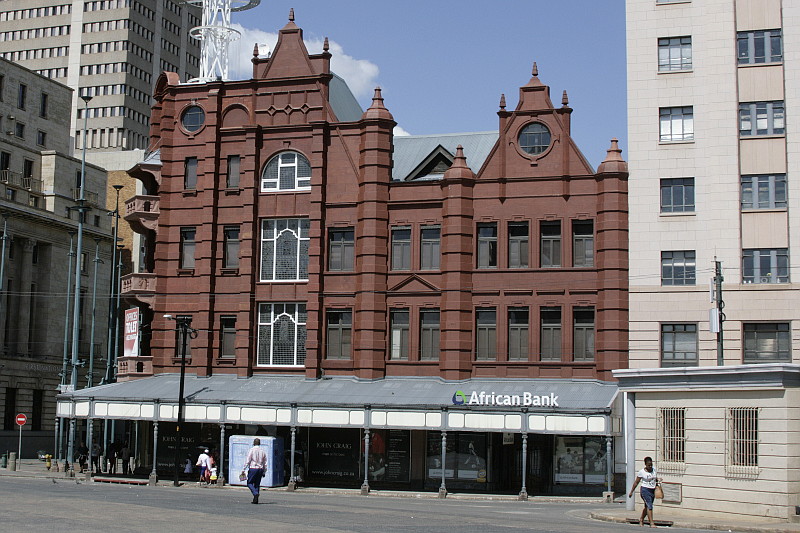Tudor Chambers on Church Square, Pretoria: A Blend of Heritage and Ambition
Nestled in the heart of Pretoria, Church Square has long been a focal point for both locals and tourists. Its array of architectural masterpieces tells the tale of the city's rich history. Among these, the Tudor Chambers stands out, not just for its distinct design but also because of the incredible story it brings with it.
In 1880, George Heys, accompanied by his wife, set foot in Pretoria. He might not have imagined then that he would make a significant mark in the city's architectural landscape. But George was a man of ambition and determination. By venturing into the coach driving business, he didn't just find a livelihood, he laid the foundation of an empire.
Fast forward to 1893, and Heys's vision began to take shape as he acquired a piece of property on Church Square. It wasn't until a decade later, in 1903, that this patch of land would be transformed into the iconic Tudor Chambers. With a keen eye for quality and a penchant for luxury, George ensured that the materials for this building were imported directly from Scotland.
Tudor Chambers was conceived as a speculative venture. Heys envisioned a multi-purpose edifice with street-level retail spaces and premium office rooms above. The design was reflective of the late Victorian era, boasting ornate details, intricate woodwork, and an imposing façade. And while the style was not uncommon for the period, it was certainly unique for Pretoria.
The building quickly became a landmark. Towering above its neighboring structures, Tudor Chambers held the distinction of being the tallest building in Pretoria during its early years. This lofty edifice also became home to George Heys's own offices, testament to his deep connection and commitment to the project.
Over time, buildings like these often succumb to the rigors of age and changing city landscapes. Tudor Chambers too faced its share of challenges. In 1960, a fierce windstorm wreaked havoc, destroying the original tower that crowned the building. And as the years rolled on, neglect began to overshadow its former glory.
However, in 2007, a beacon of hope emerged. Alec Wapnick, recognizing the historic and architectural value of the Tudor Chambers, purchased the building. His vision was to restore this monumental structure to its past splendor. By 2008, meticulous restoration works breathed new life into the Chambers. A prominent feature of this restoration was the steel structure that replaced the original tower - a homage to the past and a symbol of resilience.
Today, Tudor Chambers stands tall on Church Square, a testament to George Heys's ambition and the city's commitment to preserving its historical gems. It's more than just a building; it's a piece of Pretoria's heart and history. Whether you're a historian, an architect, or simply someone who appreciates beauty, Tudor Chambers promises a journey back in time, offering a glimpse of Pretoria's golden days.
Further Reading
For further insights into Tudor Chamber's history, explore these resources:
